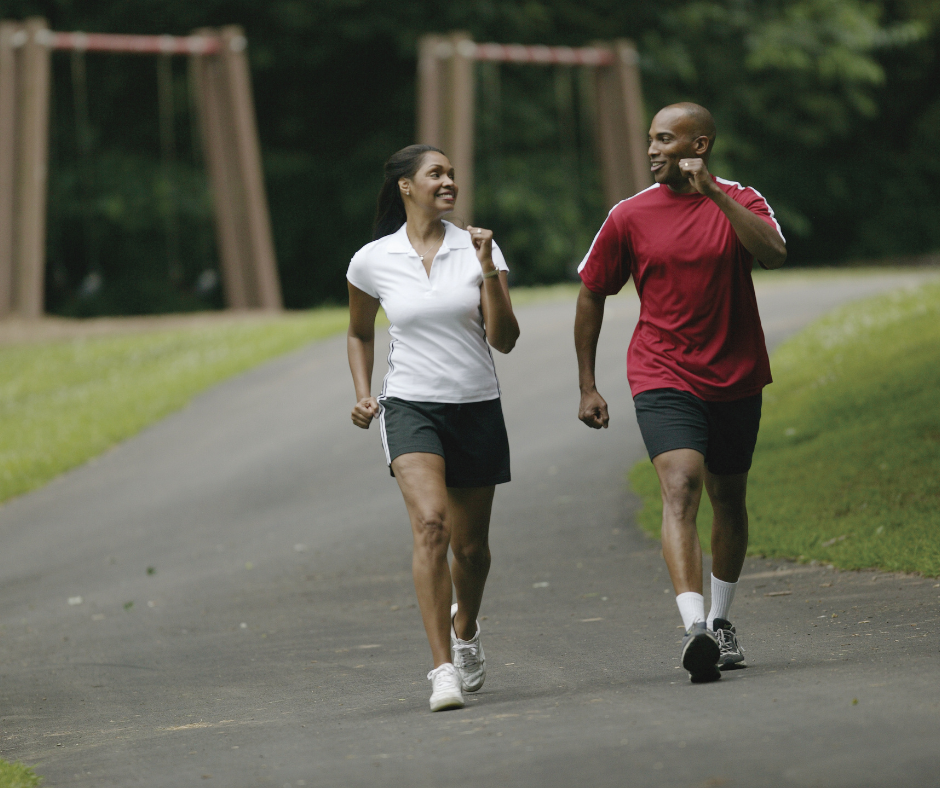

5 Ways to Improve your Running Endurance
Jul 06, 2023Are you new to running? Recovering from an injury and looking to restore your mileage? Setting a goal for an upcoming race? If the answer to any of these questions is “YES!” or you are interested in increasing your endurance for running (or evening walking!) for any reason, this blog is for you! Here are 5 ways that you can improve your running endurance:
Run slow and often
Get comfortable with longer distances at an easy pace. Running at slower paces preserves your energy to cover longer distances. Consistently going for long runs at an easy pace will condition your heart, lungs, and muscles to sustain your activity over a longer time.
Walk when needed
 Slowing your pace to walk for brief periods of time will give your body the recovery it needs to resume your conversational pace again. With consistency, you will find that you don’t need walking intervals as often, or for as long. As your endurance continues to improve, you can increase the intensity of your recovery periods proportionately to the intensity of your endurance pace.
Slowing your pace to walk for brief periods of time will give your body the recovery it needs to resume your conversational pace again. With consistency, you will find that you don’t need walking intervals as often, or for as long. As your endurance continues to improve, you can increase the intensity of your recovery periods proportionately to the intensity of your endurance pace.
Avoid constantly checking mileage and pace
It may be tempting, but try to keep your focus away from these metrics during your run. Instead, use the Rate of Perceived Exertion (or RPE) Scale to monitor your output. This scale ranges from 0 (rest) to 10 (maximum effort) and is your perception of how hard your body is working. In general, a light conversational pace is around 3-4/10. At this pace you could hold a conversation with your running buddy and not become breathless. Get comfortable with running using your RPE as your primary metric.
1-2 days of designated speed work per week
Incorporating things like High Intensity Interval Training (also known as HIIT) runs into your training is an effective way to challenge your endurance with shorter duration blocks at higher intensity. Again, using the RPE scale can be helpful, training with short blocks of work at higher intensities followed by recovery blocks at lower intensities, and repeating this sequence several times throughout your run.
Strength Train!
 Running longer distances means more repetitive work for your joints and muscles. Some runners even count running as their “leg exercise”, however, since running is a very repetitive motion, runners often develop muscular imbalances that can reduce performance and even lead to injury. Incorporating specific exercises especially for core, hip, and lower body strength can significantly reduce the load on your joints while you run and help improve your performance during your next run!
Running longer distances means more repetitive work for your joints and muscles. Some runners even count running as their “leg exercise”, however, since running is a very repetitive motion, runners often develop muscular imbalances that can reduce performance and even lead to injury. Incorporating specific exercises especially for core, hip, and lower body strength can significantly reduce the load on your joints while you run and help improve your performance during your next run!
Thanks for reading!
-The Empower U PT and Performance Team


